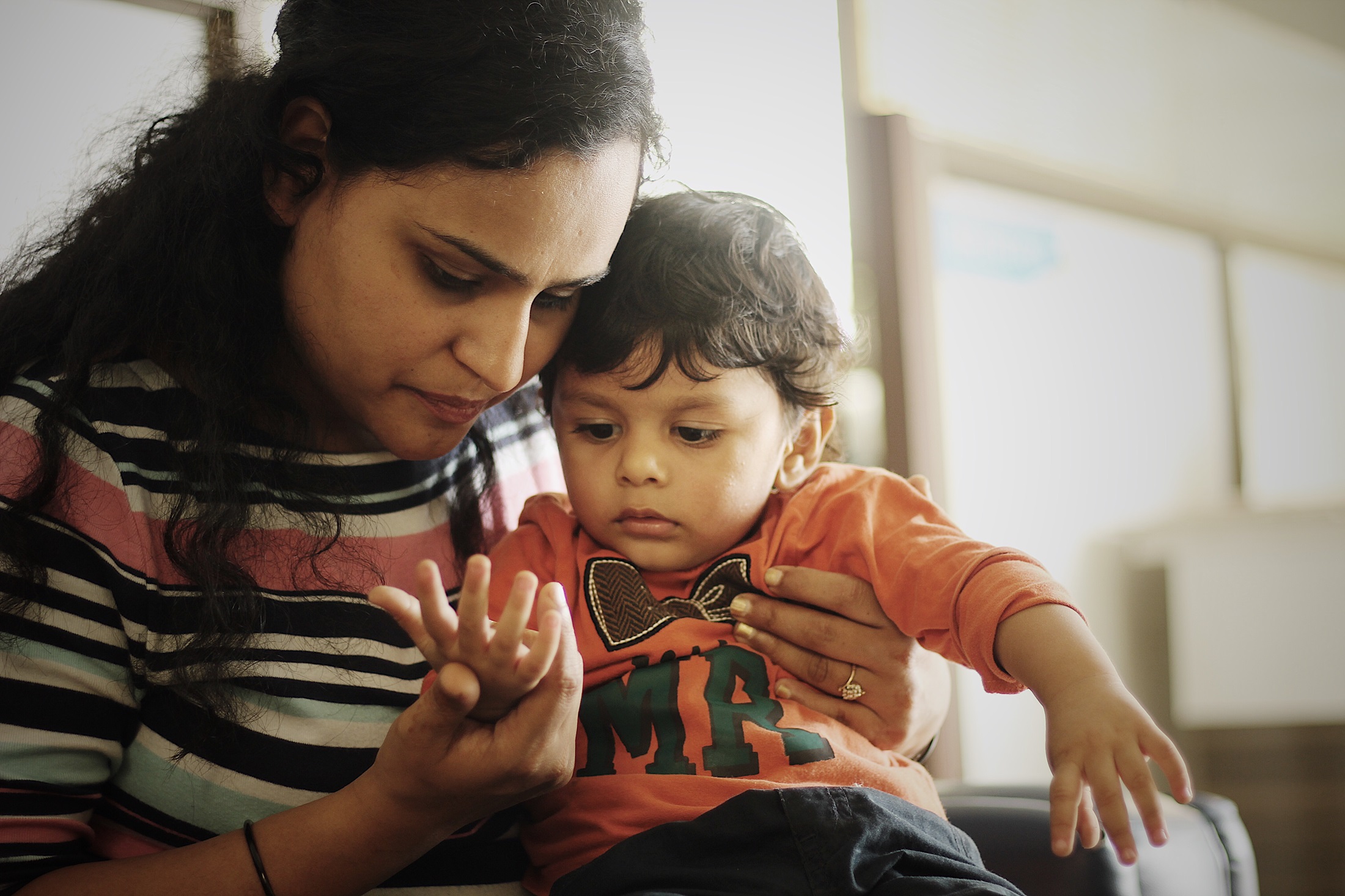Self-Care for Parents of Young Children
As a parent of young children, you have a huge amount of responsibility on your shoulders. Not only do you […]
Read complete blog >>
There is much evidence to support the benefits of the main therapeutic approaches provided by trained, licensed psychologists. It’s clear that many (hopefully most) clients genuinely benefit from their therapy journey. Nevertheless, even the most ethical and well-researched therapeutic intervention can be actively harmful in the hands of an improperly trained therapist. And some ‘therapy’ tools and techniques are neither ethical nor well-researched, and can be dangerous.
While many other fields routinely examine adverse effects, psychotherapy research tends to focus only on the benefits. As ethical clinicians, we need to consider the potential harm of any treatment, and weigh the benefits against the possible costs.
Therapy harm is difficult to measure. It may be subtle. It may be primary or secondary (family, friends, or colleagues of the patient may be indirectly harmed). Also, it tends to depend on subjective self-reports. But it’s not impossible to determine.
There are interesting meta-studies out there that have tried to quantify direct harm resulting from therapy. Research suggests that talk therapy can also be indirectly harmful. If the therapy is inappropriate or ineffective, it becomes a waste of the client’s time and money.
According to the British Psychological Society, approximately 10 percent of all therapy patients experience adverse effects. In other words, they’re worse off than they were before therapy.
Adverse effects include current symptoms getting worse or new symptoms emerging. For example, some clients presenting with trauma may be further traumatized. Other clients may experience negative changes in their occupational (work) functioning or their interpersonal (relationship) functioning. Some clients may develop ‘therapy dependence’. They feel less self-efficacy over the course of the therapy rather than more. Some may begin to exhibit self-harming behaviors and even suicidal ideation.
It’s important to note that over the course of a therapy, things might get worse before they get better. Change is hard, and brings up pain and conflict. Part of being a good therapist is being comfortable holding our clients as they grapple with their pain and face difficult changes.
However, the overall results of therapy need to be beneficial. There should be symptom reduction and positive shifts (seen by both therapist and client) over a reasonable amount of time. What constitutes a ‘reasonable’ amount of time depends very much on the individual context of the individual therapy. This is why it’s so important to seek client and supervision feedback.
The empirical data shows that certain types of therapy are actively harmful. Yet some of these are actively taught and practiced. A current list of discredited techniques published by the British Psychological Society, and published by an investigation conducted by the American Psychological Association (APA), includes:
Any therapeutic intervention is intended to cause (positive) change. Thus it’s not surprising that therapy techniques also have the power to do harm. However, when it comes to a therapeutic intervention by a psychologist, there may be a blind spot on the part of both therapist and client to potential negative side effects. Yet, we need to be aware that therapy doesn’t work for everyone.
We as therapists may have the best intentions in the world, but it’s important to acknowledge that even our best-intentioned actions within a therapeutic relationship may have unintended, harmful consequences to our client and/or the people around our client.
You can read more about the ethics of good practice in Part 2.
Articles on www.hoopfull.com may feature advice and are for informational purposes only. It is not intended to be a substitute for medical advice, diagnosis or treatment from a trained professional. In an emergency, please seek help from your local medical or law enforcement services.
Keep up to date with the Hoopfull community.

As a parent of young children, you have a huge amount of responsibility on your shoulders. Not only do you […]
Read complete blog >>
Women as nurturers In most societies, women are predominantly seen as nurturers. It is implicitly expected that women will care […]
Read complete blog >>
‘…reframing is the process of changing the way a thought is presented so that it maintains its fundamental meaning but […]
Read complete blog >>